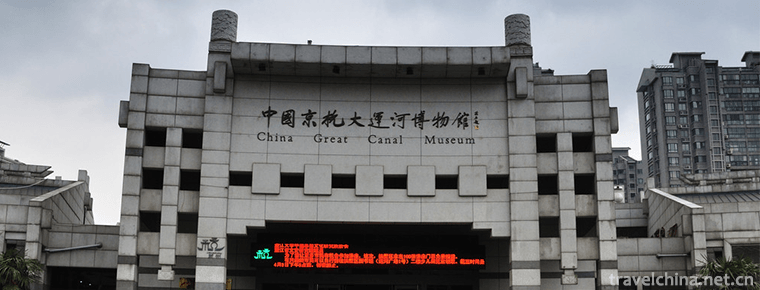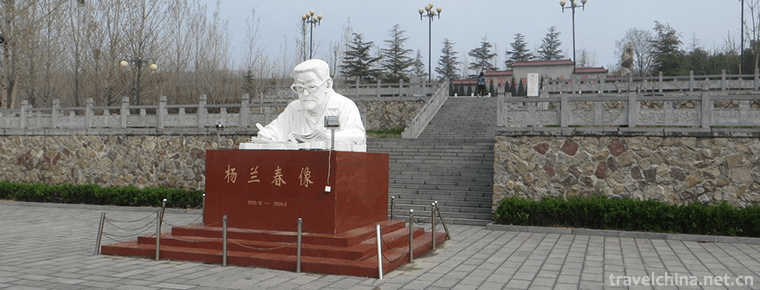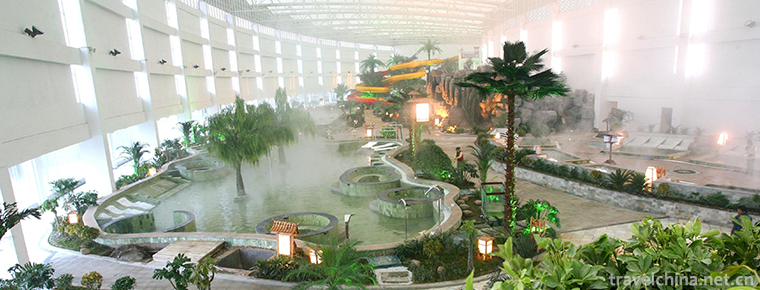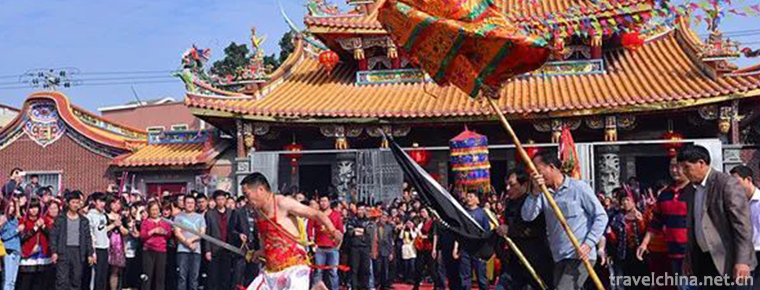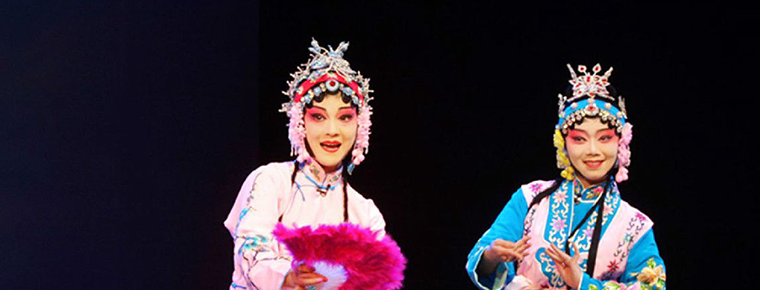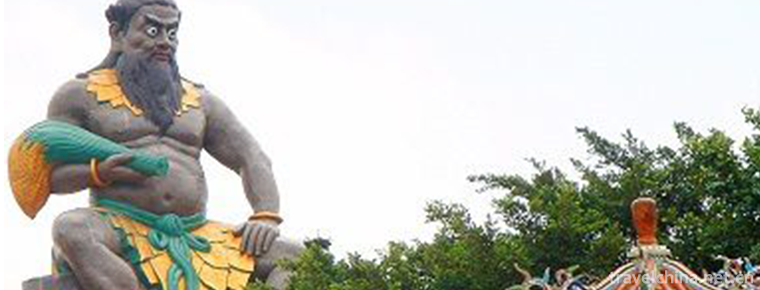Beipiao Folk Stories
Beipiao Folk Stories
Beipiao Folklore is a local folk literature in Liaoning Province. It includes eight categories: folklore, character legend, fantasy story, life story, animal and plant story, custom story, joke, fable and so on. In addition, there are a large number of local folk songs and proverbs.
On June 7, 2008, Beipiao Folk Stories were approved by the State Council to be included in the second batch of national intangible cultural heritage lists.
Historical origin
Beipiao has a history of more than three thousand years.
During the Spring and Autumn Period and the Warring States Period, Beipiao belonged to Donghu Shanrong.
Qin belongs to Liaoxi County.
Western Han Dynasty belongs to Youzhou Liaoxi County.
The Eastern Han Dynasty belongs to Liucheng County, Youzhou County, Liaoxi County.
The Wei and Jin Dynasties belong to Changli County.
The former Yan, the former Qin Dynasty and the latter Yan of the Sixteen Kingdoms of the Eastern Jin Dynasty belong to Changli County.
North Yan belongs to Changli Yinlong City.
The Northern Wei Dynasty belongs to Longcheng (and Longcheng) in Changli County, Yingzhou.
The Eastern Wei Dynasty and the Northern Qi Dynasty belong to Yingzhou.
The Sui Dynasty belongs to Liucheng County, Liucheng County.
Tang belongs to Liaoxi County. In the first year of Tianbao (A.D. 742), Liucheng, the prefecture's governing post, was changed.
Liao belongs to Zhongjing Road, which is located in Beipiao County. In the three years of Huitong (940 A.D.), Xiankang, the prefecture of Sichuan, was established. It has jurisdiction over three counties: Xiankang County (Sijiban, Nanbajiazi Township), Hongli County (Tuchengzi) and Yimin County (Heichengzi Town). Then Shengji County (Shangyuan Town) was set up.
Jin Dading six years (1166) to Chuanzhou Yimin County, belongs to Beijing Road Xingzhong Government.
Yuan belongs to Chuanzhou, Daning Road.
Ming Dynasty belongs to Yingzhou Qianyouweitun (Chaoyang) and later to Tainingwei (Chaoyang to the west of Liaohe River in Fuxin is also called Tummet Right Flag of Zhuosuotu League in Mongolia).
Qing belongs to the eastern border of Tazigou Hall.
Guangxu 30 years (1904) is under the jurisdiction of Chaoyang County.
primary coverage
Folk literature is a linguistic art created orally and handed down orally by the people. Beipiao has a long history and profound cultural accumulation. As an organic part of the spiritual wealth inherited and created by the people of Beipiao, the folk literature of Beipiao naturally reflects the spiritual style of the people of Beipiao from all aspects, and the unique historical and cultural characteristics and distinctive artistry of Beipiao, a hot land. Local folklores and stories handed down from generation to generation are precious folk cultural heritages shared by the Mongolian and Han nationalities in Western Liaoning Province. They have distinct regional cultural characteristics and important scientific, historical and cultural values.
Inheritance significance
Beipiao folk tales have a strong and simple artistic style, inheriting the characteristics of Han folk literature better than narrative, and absorbing the artistic characteristics of Mongolian folk literature better than analogical description. The folk tales in Beipiao are easy and popular in language, smooth and natural in narration, distinctive in characters, rich in the characteristics of Chinese folk literature, exuding a strong local flavor, and of high humanistic value. These folk literary works, or beautiful and moving myths and legends, or thought-provoking folk stories, or lively and simple folk songs, or folk proverbs to alert future generations, are all the crystallization of wisdom of the Beipiao people of all nationalities and are well received by the people.
Inheritance status
In 1984, the Beipiao Municipal Culture Museum published a collection of folk tales, The Songs of Tummett. From 1985 to 1987, in the three integrated projects of folk literature in the major National Humanities Research projects, a 500,000-word "Chinese Folk Literature Integrated Liaoning Volume Beipiao Data Book" was awarded the first prize in the provincial evaluation. In 2008, Beipiao Cultural Bureau published the first volume of Beipiao Folk Literature.
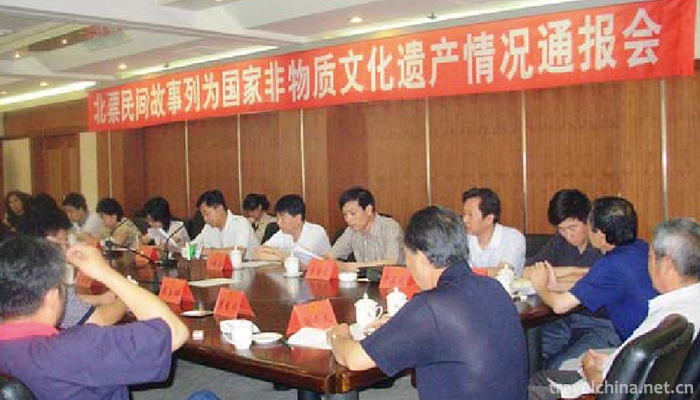
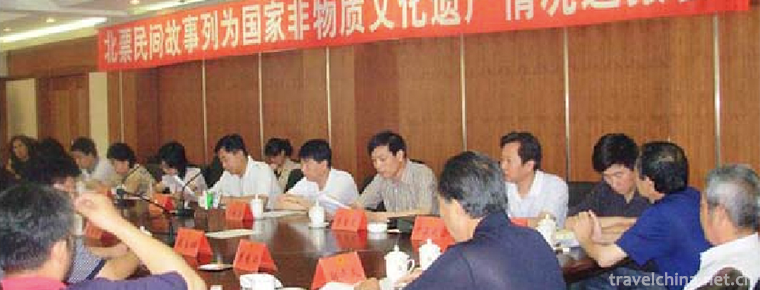
Beipiao Folk Stories
-
Rushan Yintan Tourist Resort
Yintan Tourist Resort is located on the southeast coast of Rushan City, Weihai, Shandong Province. It connects Weihai to the east, Yantai to the north, Qingdao to the West and Huanghai to the south
Views: 129 Time 2018-12-22 -
Beijing Hangzhou Grand Canal Museum
The Beijing-Hangzhou Grand Canal Museum of China is located on the south side of the Canal Cultural Plaza in Gongshu District, Hangzhou City, Zhejiang Province, adjacent to the Gongchen Bridge, the te
Views: 244 Time 2018-12-22 -
Chaoyanggou tourist attraction
Chaoyanggou Scenic Spot in Hebei Province is one of the 30 most beautiful scenic spots in China, including AAAA-level scenic spots, National Geological Forest Park, National Rural Tour Demonstration S
Views: 134 Time 2019-01-05 -
Dawakun Desert Tourist Scenic Area
Dawakun tourist scenic spot is located in Tielimu Township, Yuephu County, 6 kilometers away from 310 provincial roads and 110 kilometers away from Kashgar City, with convenient transportation. It is
Views: 143 Time 2019-01-06 -
Tianmujiang Beishuicheng Hot Spring Resort
Tianmu Jiangbeishuicheng Hot Spring Resort is the third five-star resort hotel developed by Tianmu Group in Guanxian County of Shandong Province after Tianmu, Lushan Hot Spring Resort of Jiangxi Provi
Views: 247 Time 2019-02-21 -
The Religion and Customs of Baosheng Emperor
Baosheng Emperor, also known as Wu Zhenren, was born on March 15, 1979, in Baijiao Village, Tong'an County. Since his childhood father died of illness
Views: 225 Time 2019-04-04 -
Hanju Opera
Han Opera, a local traditional drama in Wuhan, Hubei Province, is one of the national intangible cultural heritage.
Views: 183 Time 2019-05-02 -
Legend of Emperor Yan Shennong
Yan Emperor Shennong, one of the three emperors and five emperors, is one of the local folklores in Suizhou, Hubei Province, and is the national intangible cultural heritage. After Wa Fuxi, a stepdaug
Views: 222 Time 2019-07-10 -
Miyaro scenic spot
Miyaro, translated as "fun Bazi", is a provincial scenic spot, located in the Zagunao River Valley of the upper reaches of Minjiang River in Lixian County, Aba Tibetan and Qiang Autonomous Prefecture
Views: 120 Time 2020-11-07 -
Catering and shopping in Chengdu Giant Panda Base
Chengdu Research Base of giant panda breeding has four souvenir shops: "original fashion gift shop of giant panda sun delivery room", "gift shop of giant panda cub playground", "museum gift shop" and "charm theater gift house". The wooden house structure and
Views: 130 Time 2020-12-13 -
Location of Yibin
Yibin City is located in the south of Sichuan Province, at the junction of Sichuan, Yunnan and Guizhou provinces, and the confluence zone of Jinsha River, Minjiang River and Yangtze River. It spans 27 ° 50 '- 29 ° 16' n and 103 ° 36 '- 105 ° 20' E. The cit
Views: 384 Time 2020-12-18 -
Dazhou highway
Dazhou is one of 179 main hubs of highway transportation in China and one of 12 regional secondary hub cities in Sichuan Province. It is a secondary logistics center city in national layout planning and an important logistics hub city in Western Chin
Views: 229 Time 2020-12-20

